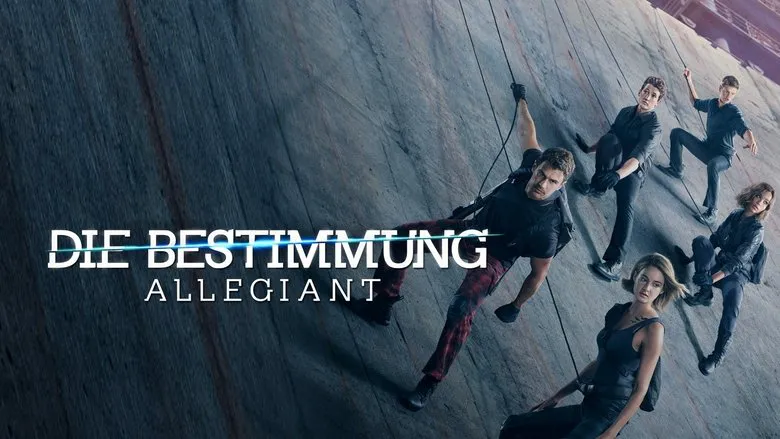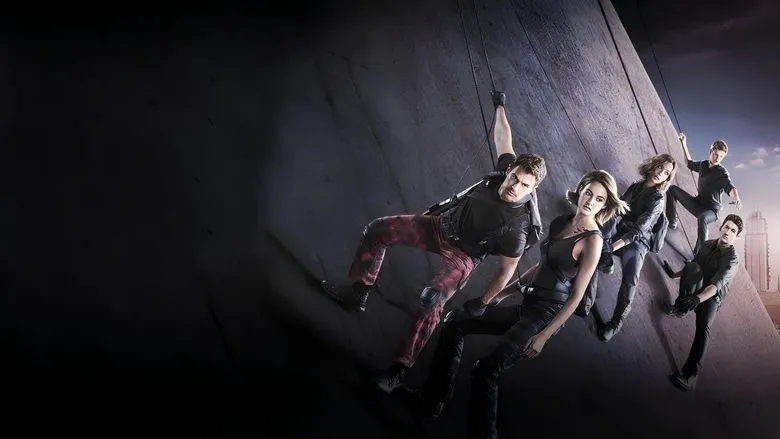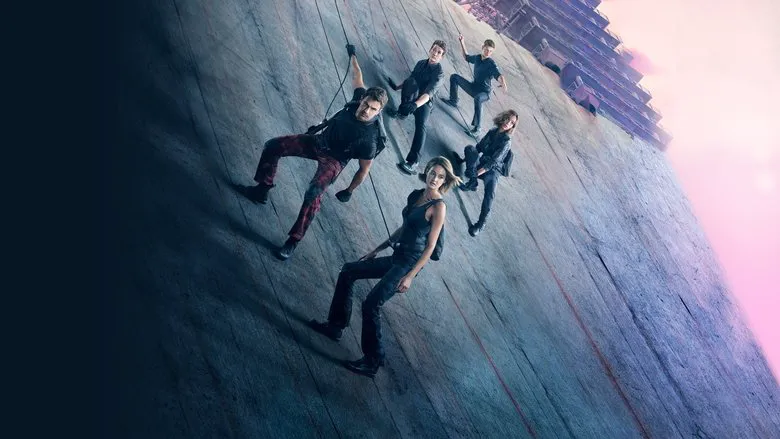Divergent: Allegiant - A Franchise Running on Fumes?
Emerging from a series of adaptations that have consistently raised eyebrows, the third installment of the Divergent saga arrives as a largely pointless endeavor. Perhaps the most memorable aspect is the introduction of yet another pretty face and the heroine’s latest hairstyle.
The removal of the tyrannical Janine from the Council’s control and the abolition of the faction system have failed to bring lasting peace and harmony to Chicago. Instead, the factionless, led by Evelyn, have begun to mete out their own brand of justice, fueled by old grievances and humiliations. Furthermore, despite receiving a message from beyond the city walls, Evelyn hesitates to send expeditions outward, fearing for her power. Unable to influence the newly formed society, Tris, Four, Caleb, Peter, and Christina embark on a quest to find a new world beyond Chicago on their own. The survivors outside the wall welcome them with open arms. However, the realization that Chicago is merely a brutal experiment, rigidly controlled from beyond the wall, compels Tris to return to the city…
 .jpg “Still from “Divergent, Chapter 3: Beyond the Wall””)
.jpg “Still from “Divergent, Chapter 3: Beyond the Wall””)
Unlike the second and third films, the fourth and final installment will be directed not by Robert Schwentke, but by Lee Toland Krieger, the director of the drama “The Age of Adaline.”
No matter how hard the creators of the Divergent franchise try to position the third film, its true nature is difficult to conceal. Like Harry Potter and the Deathly Hallows: Part 1, The Twilight Saga: Breaking Dawn – Part 1, or The Hunger Games: Mockingjay – Part 1, Robert Schwentke’s latest film is a protracted prelude to the final showdown, an adaptation of the last book split into two parts. This explains the film’s woes, problems, and narrative stagnation within an already less-than-dynamic and engaging film series. The film’s sole purpose is to extract additional revenue from fans of the original novels, a fact that must be acknowledged upfront to mitigate the inevitable disappointment.

To promote the third film, Lionsgate opted not to release it simultaneously worldwide, instead choosing school holiday periods in various countries to maximize attendance among the teenage demographic.
A Story Lacking Substance
It’s almost awkward to discuss the film’s dramatic content. Divergent, in principle, is a rather disjointed story, and the far-fetched nature of its plot lines should surprise no one. Therefore, we won’t attempt to find deeper meaning in the layers of reality that have accumulated around post-apocalyptic Chicago from film to film, beyond the authors’ simple desire to captivate viewers with their vision of a totalitarian society and its ideal opposite. No one here ponders meaning – the explanation of the experiment’s principles on Chicago’s residents defies critical evaluation, the idea of a message left for the Divergent doesn’t withstand even the slightest analysis, and the motivations of the main characters leave the impression of random number generation.
 .jpg “Still from “Divergent, Chapter 3: Beyond the Wall””)
.jpg “Still from “Divergent, Chapter 3: Beyond the Wall””)
A Childish Vision of the Future
Just as absurd as the internal narrative threads are the external representations of the future and the new post-apocalyptic society, especially the people living beyond the infamous wall. It’s enough to accept that the author of the original books, Veronica Roth, was only 24 years old when she wrote the third novel, and her childish view of the world becomes understandable. The author’s immaturity gives rise to all these bulletproof fields, invisible aircraft, and memory-erasing gases. It’s impossible to watch the world built in Divergent without laughter – it has nothing to do with science fiction; it’s a creation born from the mind of a student yearning for strong male arms.
 .jpg “Still from “Divergent, Chapter 3: Beyond the Wall””)
.jpg “Still from “Divergent, Chapter 3: Beyond the Wall””)
A Film for Teenage Girls?
And here we arrive at the main, and according to many, the only reason for the existence of this film franchise. Divergent is a purely “girly” movie, in which wars, weapons, conspiracies, and factional conflicts are merely a backdrop against which handsome boys flex their muscles, gaze longingly at the heroine, make ridiculous jokes, and even more awkwardly express their feelings. There’s plenty of this in the series, and the creators have no intention of stopping – Bill Skarsgård joins the already familiar Theo James and Miles Teller in the third installment. There you have it, a couple hundred thousand more female viewers added to the overall tally. And who cares what’s happening inside Chicago’s airport, Providence, or on other continents when Four has a rival?! And if you add Tris’s latest original haircut, a new one in each subsequent film of the franchise, there are even fewer reasons to discuss the plot.
Of course, one cannot fail to acknowledge the work of the computer graphics specialists; many things in the film are genuinely beautiful, but wrapping a brick in a Van Gogh painting is a waste of resources. And Divergent 3 is precisely a faceless brick. After all, when Jai Courtney, who played one of the villains in the previous films, turns out to be the best in the acting ensemble, it’s a condemnation. There’s no Courtney in Allegiant – who would have thought we’d miss him?